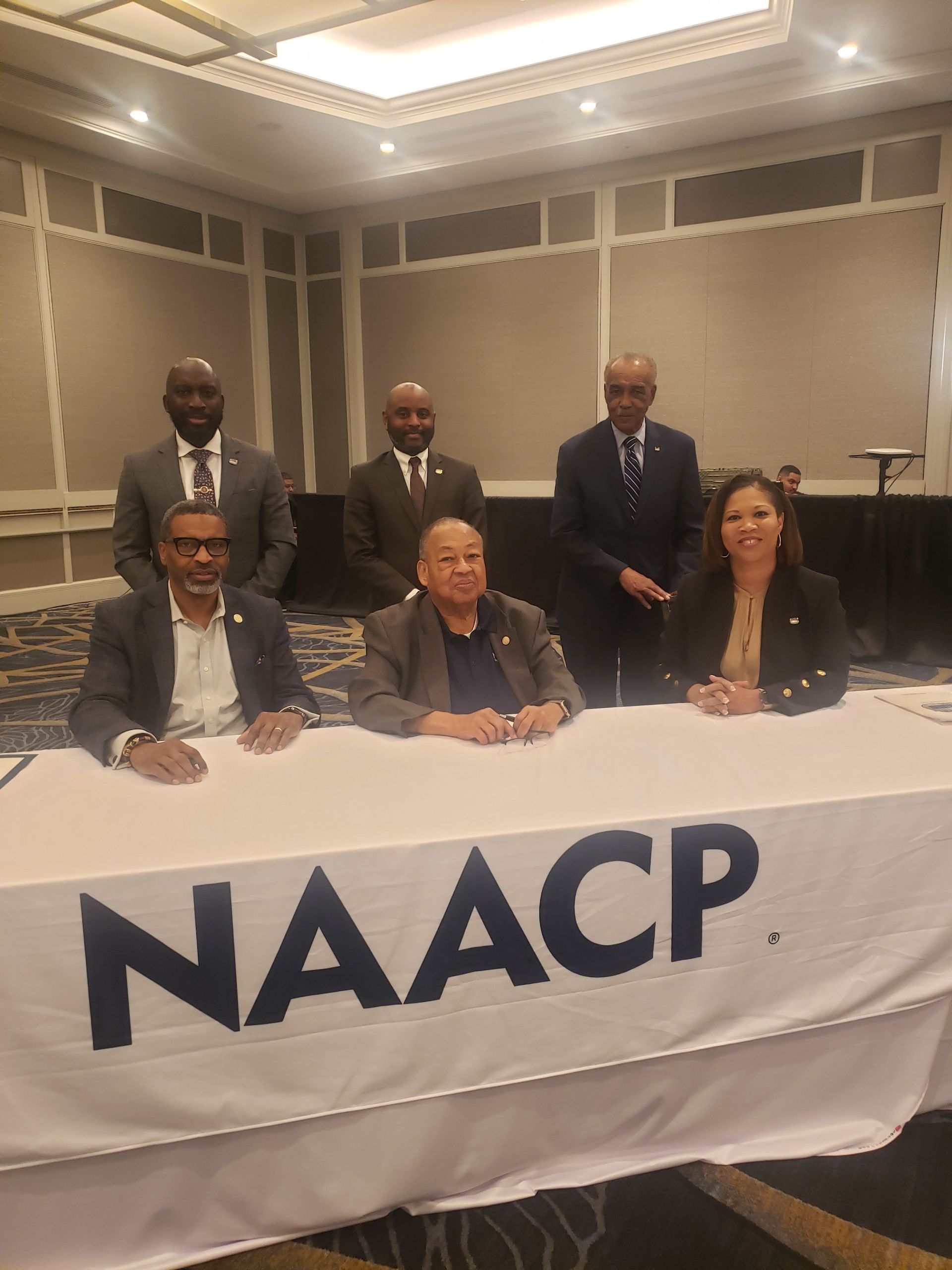Small-business program intended for quick grants is running weeks behind
Applicants are supposed to receive emergency cash within three days. Many have been waiting weeks.
An emergency loan program intended to get money swiftly into the hands of small businesses has all but collapsed under an unprecedented crush of applications and a shortage of funds, overwhelming agency officials and prompting urgent calls for action on Capitol Hill.
The Economic Injury Disaster Loan program, or EIDL, a long-standing program run by the Small Business Administration (SBA), is separate from the $349 billion Paycheck Protection Program for small businesses that is the subject of a political fight on Capitol Hill.
The federal government normally doles out EIDL loans to small businesses hurt by tornadoes and wildfires. On March 12, the SBA expanded the program to help entrepreneurs hurt by the coronavirus, offering low-interest loans of up to $2 million.
The EIDL program received extra resources from Congress’s $2 trillion coronavirus rescue package at the end of March, including $10 billion to offer grants of up to $10,000 to small businesses within three days of applying for a loan. The grants are intended to serve as a bridge for small businesses to cover rent and other expenses while they wait for the larger loans to be approved.
Demand for the EIDL loans and grants quickly overwhelmed the system, leaving many applicants without funds weeks later, Democratic lawmakers and industry groups said. The SBA ― which accepts disaster loan applications itself rather than outsourcing that work to banks ― has received well over 3 million applications, a Democratic lawmaker and an SBA official said. A shortage of funds threatens to limit the size of grants and loans small businesses receive.
“Sadly to say, we’re getting low on funds,” SBA lending specialist Roderick Johnson said in an April 9 webinar for D.C.-area real estate agents. The webinar was hosted by the National Association of Real Estate Brokers with participation from a Democratic Senate staffer.
In a letter published April 10, 15 lawmakers from both parties said the SBA has “failed to issue final guidance and award grants in a manner consistent with congressional intent.”
“The law requires SBA to issue advances within three days of receipt of applications, yet small business owners say they are still waiting weeks after applying,” the lawmakers wrote Thursday.
Sen. Ben Cardin of Maryland, the ranking Democrat on the Senate small business committee, said SBA is not complying with the law. The disaster loan program has only $7.3 billion allocated to deal with $372 billion in applications, Cardin said.
“The SBA is not complying with the processing of [disaster loans] in an appropriate manner because they don’t have enough resources to give them out,” Cardin said. Cardin added that SBA has “slowed down the grant program because they don’t have enough money and don’t know what to do.”
Cardin and other Senate Democrats last week proposed adding $50 billion to EIDL, along with $15 billion in new disaster grant money for the program. Those were among changes Democrats have demanded in exchange for agreeing to boost spending sought by the administration for the Paycheck Protection Program.
Public affairs representatives from the SBA and Treasury Department did not provide comment on the EIDL program for this article.
The coronavirus presents a challenge unprecedented in the SBA’s 67-year history. The agency’s emergency loan office is accustomed to responding to geographically contained disasters such as hurricanes or other natural disasters. But the coronavirus has struck all 50 states at once, putting the entire U.S. service sector in an indefinite state of lockdown.
About half of U.S. small businesses surveyed applied for an EIDL loan and grant as of April 9, according to the National Federation of Independent Business. None had received any funds as of that date.
The agency is scrambling to adjust its operations to handle the administrative work of processing applications. With less than $1 billion in annual funding, the SBA is the smallest of the major federal agencies listed in the president’s annual budget request. It was singled out for an 11 percent funding cut in the president’s most recent budget proposal.
Facing a shortage of funds, the agency limited businesses applying for grants to $1,000 per employee rather than a standard $10,000 per applicant and has considered modifying the formulas used to calculate loan amounts, according to SBA officials.
SBA Nevada District Director Joe Amato said in an April 6 webinar that the agency was bringing in private, third-party organizations to help process the loans.
“They are muddling through it. … If it were up to me I would write you a check tomorrow,” Amato told small business owners. “But it is coming … be patient.”
It is unclear how much of the emergency loan money has made it into the hands of small business owners.
Brett Barry, a former Realtor who now works as a mentalist in Phoenix, said he applied for an emergency loan in late March and received a $1,000 grant in his bank account Tuesday — well beyond the three-day window in which funds are supposed to arrive after submitting an application. He received $5,000 through the Paycheck Protection Program the same morning, he said.
Numerous other small businesses told The Washington Post they are still waiting for an emergency loan several weeks after applying.
Jerry Akers, who runs a chain of hair salons in Iowa and Nebraska, applied for an EIDL loan more than three weeks ago but has not received any response or funds, he said Tuesday. The same is true for Dana Lieberman, owner of a recumbent bicycle shop in Los Angeles. He was able to pay rent for April on his storefront but is negotiating with his landlord about future payments.
Christopher Thrasher, a self-employed pilot in Los Angeles, applied for an EIDL loan and emergency grant March 29. As of Tuesday, more than two weeks after his application, he has received no reply and no money.
“No credit checks, no deposit, nothing,” he said in an interview. “Just to be left hanging for two weeks, not to know what’s going on … It’s disappointing,” he said.
Thrasher said his business has collapsed since stay-at-home orders took effect, and he has postponed plans to hire three pilots to join his business.
After hearing nothing about his loan application for days, Thrasher called an SBA customer service phone number. “After waiting on hold for over 2 hours, [I] was disconnected,” he says. Between April 1 and 10 he called the hotline eight times and finally made it through to a human voice.
“I was advised that no monies from the EIDL grant advances were being sent out until the loan is approved and that my loan application was not yet visible in the ‘System’ because only loans in the final ‘approval phase’ are visible,” Thrasher wrote in a letter to members of Congress, summarizing his frustrations. “The representative could not even confirm that my application has been in fact received. ‘I have to assume it has been received’ were her exact words.”
Dwight Hansen, an optometrist who employs six people in Rigby, Idaho, applied for an EIDL loan and grant at the end of March and has received no response. He received a confirmation number after submitting his application, “but there’s no way to check where you are in the queue or anything, which is frustrating,” he said.
Small business associations and lobbying groups applauded the small business provisions in the stimulus legislation, known as the Cares Act, but have expressed frustration at how the programs have been implemented.
“Sadly, the disaster loan program is a complete disaster,” Holly Wade, director of research and policy analysis at NFIB, the industry group for small business, said of the EIDL program.
“We have not heard from any small business owner who has received the loan. We’ve heard from just a handful — I want to say less than five people — who have received the emergency grant,” Wade said. “There is no communication or very little at most between the SBA and applicants on the status of the loan. It’s just silence.”
CREDITS: Aaron Gregg , Jeanne Whalen & Erica Werner \ The Washington Post
The post Small-business program intended for quick grants is running weeks behind appeared first on National Association of Real Estate Brokers.


